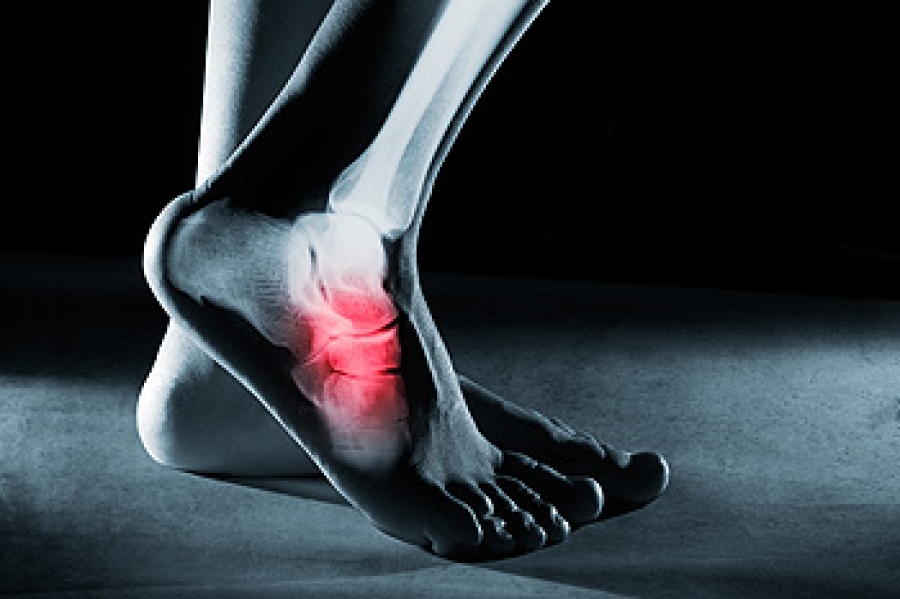
The cuboid syndrome is also known as peroneal cuboid, locked cuboid, or dropped cuboid; occurs when the ligaments and joint surrounding the cuboid bone are injured due to rotation of the cuboid out of position, partial dislocation. The cuboid bone has seven tarsal bones in the foot and it is part of the midtarsal joint. The pain is around the middle of the foot and the base of the fifth and fourth toes, and the side where you have the little toe that is the lateral side of the foot. It makes it hard to diagnose cuboid syndrome because it is easily confused with other conditions such as a stress fracture. The cuboid bone may be injured suddenly due to overuse. Visit a podiatrist as soon as the symptoms start for early treatment to avoid cuboid syndrome surgery offered in severe cases.
Symptoms
- Sudden pain or pain that develops over time in the lateral side of the foot (the side with the little toe).
- Pain that gets worse with weight-bearing.
- Difficulties in walking.
- Acute or sharp pain.
- Possible swelling.
- Less motion of the ankle and foot.
- Pain when pushing off the toe and lifting the heel.
- Sensitive bottom of the foot.
- Pain outside the ankle.
Causes
Overuse – Cuboid syndrome running is common among athletes because their feet are intensely active in high-stress situations and work through the pain. It can result in injuries or dislocation of the cuboid bone.
Sprained ankle – An inversion sprain of the ankle likely causes the cuboid syndrome. It happens when the ankle twists inward, but an outward twist can also cause the condition.
Pronated feet – People with pronated feet usually have the feet turn inward as they walk. Their calf muscles are tight, and they tug the cuboid bone to dislocated when the foot is pronated.
Other activities – Such as a lot of sports especially the ones that involve side to side movements like racquetball or tennis. Others include climbing stairs, poorly fitting shoes, training on uneven surfaces, and not resting to recover after strenuous activity.
Treatment
The best conservative treatment method involves resting, icing, compressing, elevation, and eliminating activities that put pressure on the foot. If pain persists or gets worse, book an appointment with a podiatrist.
In the first steps of treatment, a podiatrist makes sure the patient is not wearing a shoe or any gear that causes the foot to supinate. If the condition is due to biomechanical or limb length issues, the proper measures to correct and treat are administered.
Traditional treatment is administered by placing a square cuboid pad on the foot. The pad is adhesive and is applied directly to the skin. The success of the pad is achieved when the size of the patient’s foot is considered.
Direct manipulation is done by using plantar and dorsal motions. Sometimes a pop can be heard as the cuboid gets back in place. This can be painful but repeated manipulation once or twice a day alleviates the pain.